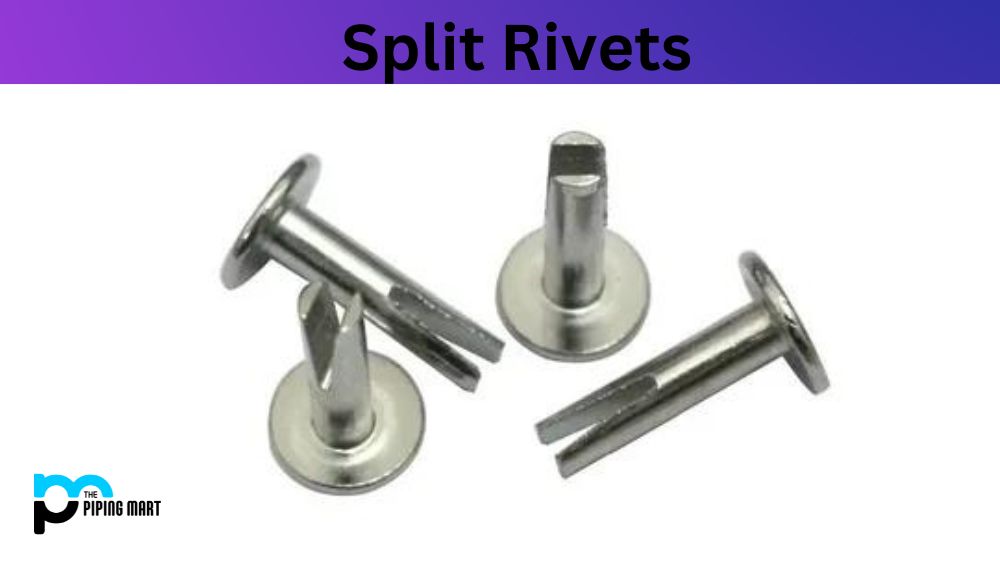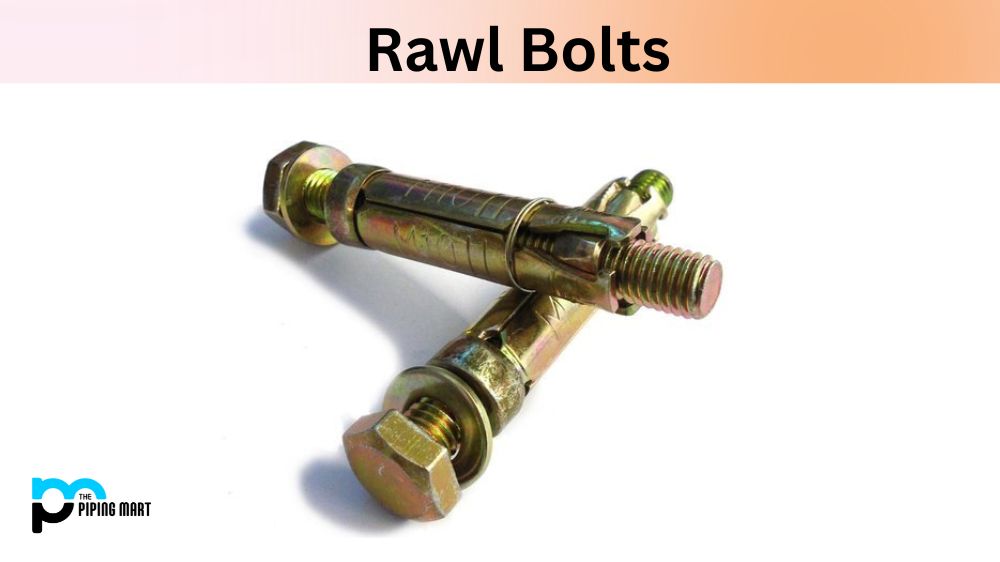You might have encountered split rivets if you are a DIY enthusiast or a professional. Also known as bifurcated rivets or brake lining rivets, they are a cost-effective alternative to solid rivets. However, like with any other component, split rivets have advantages and disadvantages. In this blog post, I will share my expert opinion on the use of split rivets, their strengths and weaknesses, and their best applications.
Advantages of Split Rivets
Flexibility
Split rivets have a unique feature that makes them suitable for curved or rounded surfaces. Due to their bifurcated design, the rivet body can expand and conform to non-flat surfaces, providing more secure fastening than a solid rivet. This flexibility also makes split rivets ideal for fastening materials of different thicknesses or widths.
Easy to Install
Unlike other fasteners requiring specialized tools or equipment, split rivets can be installed using basic hand tools such as pliers, hammers or rivet guns. Split rivets are easy to use and require no special expertise or training, making them an excellent option for DIY or novice users.
Cost-effective
Split rivets are much cheaper than solid rivets and other connection methods, such as screws or bolts, making them an ideal choice for budget-conscious users. They also require fewer components, reducing assembly time and costs.
Disadvantages of Split Rivets
Shear Strength
Split rivets have limited shear strength compared to solid rivets. Shear strength refers to the ability of the rivet to withstand force parallel to the joint surface. Split rivets are weaker in this regard and are more likely to fail under severe load or vibration.
Limited Tensile Strength
Tensile strength is the measure of a rivet’s resistance to pulling apart. Split rivets are weaker due to their bifurcated design and are most suitable for holding materials together rather than pulling them apart.
Inspection
Unlike solid rivets, which are primarily a visual inspection, split rivets require more attention when examining the integrity of the joint. A loose or poorly installed split rivet may not be easily detectable from outside, and internal inspection may be required, making maintenance trickier.
Conclusion:
In conclusion, split rivets are an excellent option for fastening materials in curved or rounded surfaces for novices and users on a budget. However, they have limited shear and tensile strength compared to solid rivets and require more attention when inspecting their joints. When deciding whether to use split rivets, you should carefully consider the material, expected loads, and the need for future inspection and maintenance. Your choice of rivets can impact the performance and safety of your application, and it is crucial to get it right. If you have any questions or concerns about using split rivets or any other fastener, do not hesitate to consult a professional.
Rachana is a dedicated and ambitious young woman who has made a name for herself in the metal industry. From her earliest days in the industry, Rachana showed a natural talent for problem-solving and a keen eye for detail. In her free time, She enjoys reading up on the latest advancements in the industry, as well as exploring new ways to innovate and improve upon existing processes.




